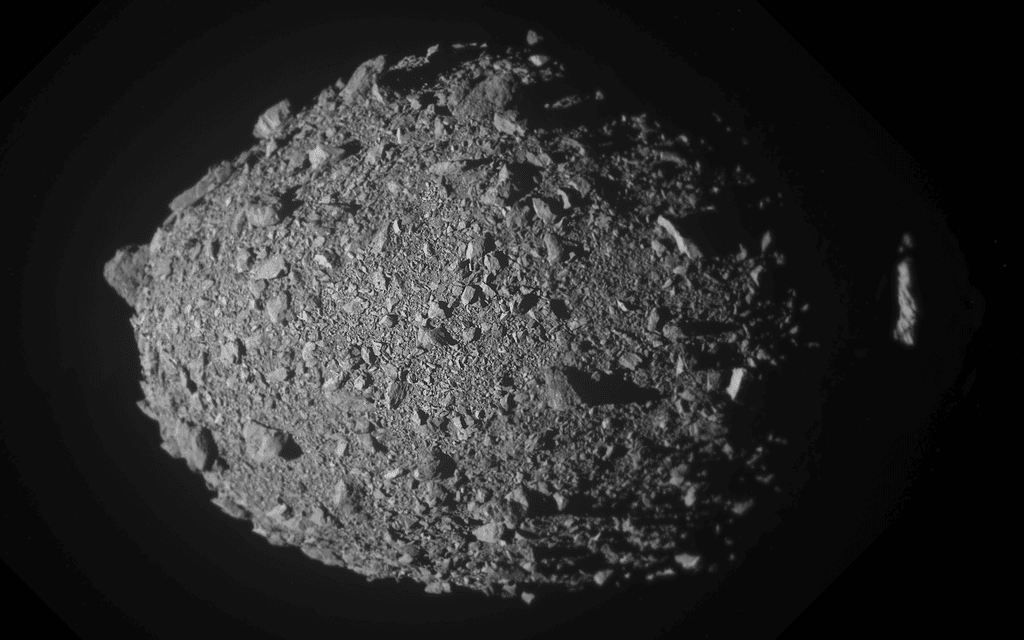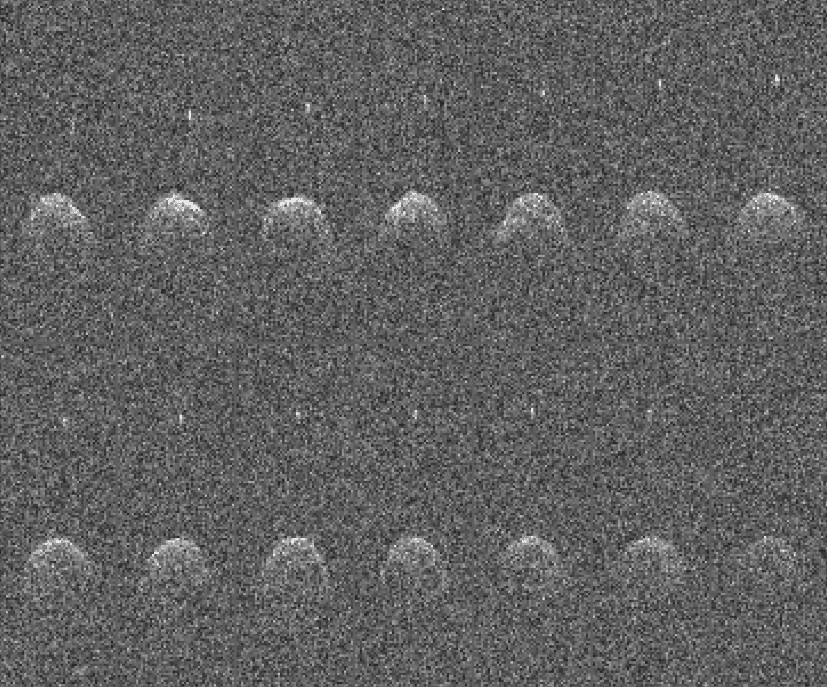
Dimorphos, a potato-shaped moonlet orbiting the larger asteroid Didymos, was virtually unknown to most people until recently. But on September 26th, 2022, it became the stage for a historic event: the first deliberate planetary defense mission, NASA’s Double Asteroid Redirection Test (DART).
DART was a daring initiative to assess humanity’s ability to prevent a catastrophic asteroid collision. The idea was to target Dimorphos and change its moonlet’s orbit through a direct kinetic impact. The successful mission marked a historic moment. It demonstrated for the first time that human ingenuity could indeed modify the path of celestial objects.
But this was just one aspect of the mission. DART is not just about testing our ability to deflect potentially Earth-threatening asteroids. It’s also about exploring asteroids and the birth of our solar system.
Dimorphos is weak
The DART mission deflected the moonlet Dimorphos by directly colliding with it at high speed. This impact altered Dimorphos’s momentum, resulting in a change to its orbital path around its parent asteroid, Didymos.
As a result, NASA researchers were expecting DART to create a sizable crater. But the mission reshaped Dimorphos’s surface in unforeseen ways. The collision generated an ejecta curtain, propelling debris into space and altering the asteroid’s surface topography. This phenomenon provided critical data on the asteroid’s structural integrity and the dynamics of ejecta in microgravity environments, offering new perspectives on asteroid material composition and behavior.
Sabina Raducan and her team used advanced shock physics simulations, guided by initial DART mission findings, to study the impact on Dimorphos. Their models, which closely matched the actual impact observations, indicate that Dimorphos is a weak asteroid, with surface characteristics similar to other asteroids.
The simulations suggest Dimorphos is a “rubble-pile” asteroid, a type characterized by a loose collection of rocks bound by weak gravitational forces. Surprisingly, the mission uncovered that Dimorphos’s cohesive strength was much lower than anticipated, and its bulk density was comparable to other well-studied asteroids like Ryugu and Bennu. These findings suggest that despite their varied appearances and orbits, these space rocks share common origins or formation processes.

The findings, once more, are important on two fronts. Firstly, they suggest that many asteroids may have formed in the same way and may be structurally weak.
This paves the way for more effective defensive mechanisms against potential asteroid threats — which may just prove to be useful in the future. Enriching our understanding of our solar system is, at the same time, making us a bit safer in the solar system.
The study was published in Nature Astronomy.









